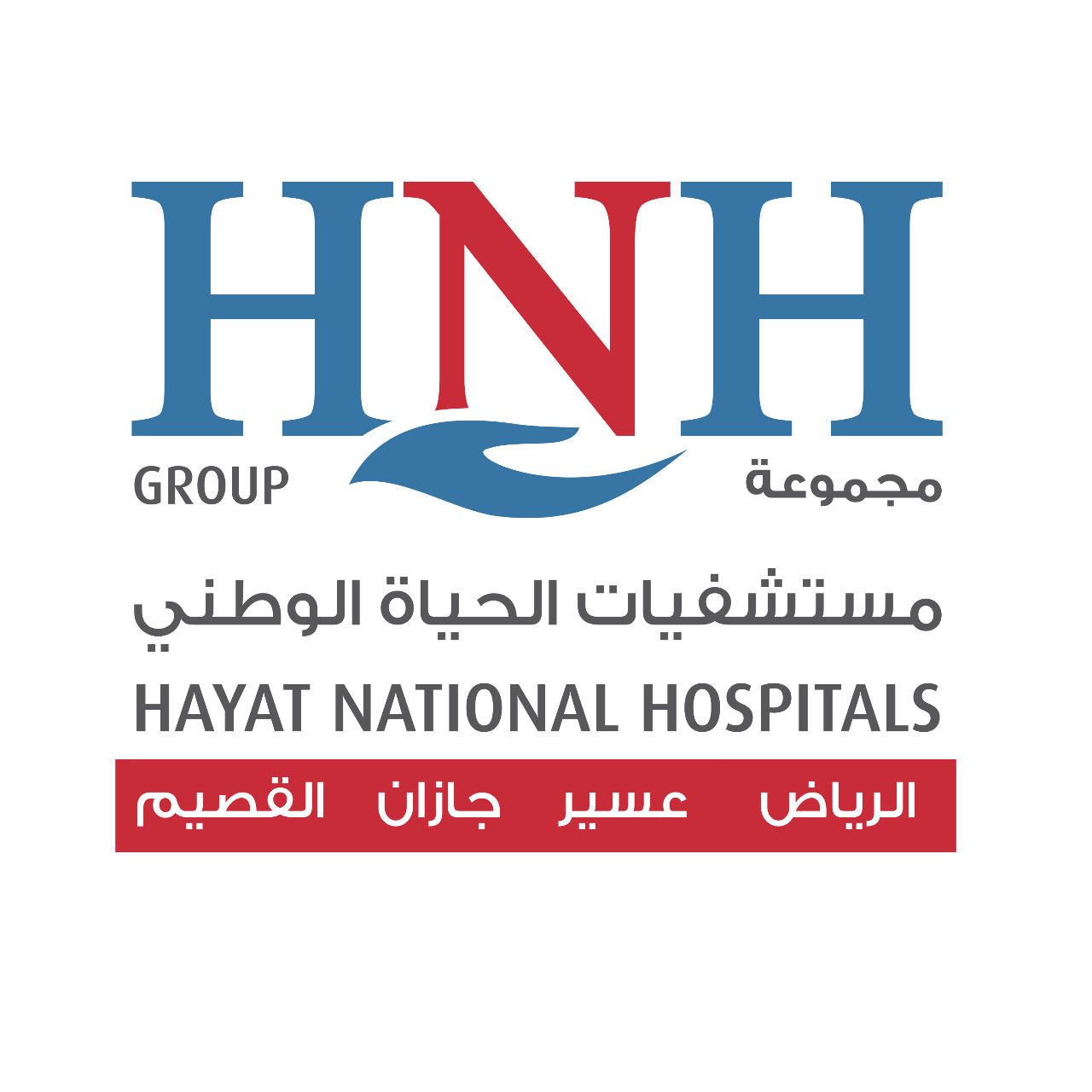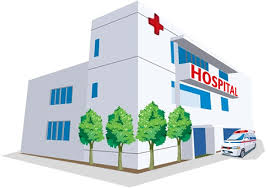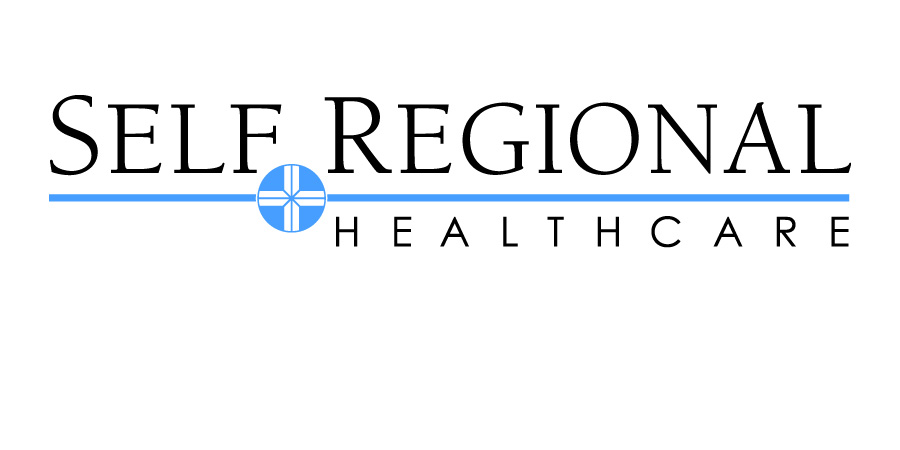Title Page
-
Conducted on
-
Prepared by
-
Location
standards/Measurable Elements
-
A written document addressing items a) through h) of the intent as appropriate, identifies how medication use is organized and managed throughout the hospital
-
All settings, services, and individuals who manage medication processes are included in the organizational structure
-
A licensed pharmacist or other qualified individual directly supervises the activities of the pharmacy or pharmaceutical service
-
There is at least one documented review of the medication management system, addressing items a) through h) of the intent as appropriate, within the previous 12 months
-
The pharmacy or pharmaceutical service and medication use comply with applicable laws and regulations
-
Appropriate sources of drug information are readily available to those involved in medication use
-
The hospital develops and implements a program for antibiotic stewardship that involves infection prevention and control professionals, physicians, nurses, pharmacists, trainees, patients, families, and others
-
The program is based on scientific evidence, accepted practice guidelines, and local laws and regulations
-
The program includes guidelines for the optimal use of antibiotic therapy for treatment of infections, including the proper use of prophylactic antibiotic therapy
-
There is a mechanism to oversee the program for antibiotic stewardship
-
The effectiveness of the antibiotic stewardship program is monitored
SELECTION AND PROCUREMENT
-
There is a list of medications stocked in the hospital or readily available from outside sources
-
The process used to develop the list (unless determined by regulation or an authority outside the hospital) includes representation from all those who prescribe and manage medications in the hospital
-
There is a process for obtaining medications during the night or when the pharmacy is closed
-
There is a method for overseeing medication use in the hospital
-
Health care practitioners involved in ordering, dispensing, administering, and patient-monitoring processes are involved in evaluating and maintaining the medication list
-
Decisions to add or to remove medications from the list are guided by criteria
-
When medications are newly added to the list, there is a process or mechanism to collect, aggregate and monitor data on how the drug is used and any unanticipated adverse events
-
The list is reviewed at least annually based on safety and effectiveness of use information
STORAGE
-
Medications are stored under conditions suitable for product stability, including medications stored on individual patient care units and ambulances (as applicable)
-
Controlled substances are accurately accounted for according to applicable laws and regulations
-
Medications and chemicals used to prepare medications are accurately labeled with contents, expiration dates, and warnings
-
All medication storage areas, including medication storage areas on patient care units and ambulances (as applicable), are periodically inspected to ensure that medications are stored properly
-
Medications are protected from loss or theft throughout the hospital
-
The hospital establishes and implements a process that includes a) through e) of the intent, for nutrition products
-
The hospital establishes and implements a process that includes a) through e) of the intent, for radioactive, investigational, and similar medications
-
The hospital establishes and implements a process that includes a) through e) of the intent for sample medications
-
The hospital establishes and implements a process that includes a) through e) of the intent for medications brought in by the patient
-
Emergency medications are available in the units where they will be needed or are readily accessible within the hospital to meet emergency needs
-
The hospital establishes and implements a process for how emergency medications are uniformly stored, maintained, and protected from loss or theft
-
Emergency medications are monitored and replaced in a timely manner after use or when expired or damaged
-
There is a medication recall system in place
-
The hospital establishes and implements a process for use of unopened, expired medications and outdated medications
-
The hospital establishes and implements a process for the destruction of medications known to be expired or outdated
ORDERING AND TRANSCRIBING
-
The hospital establishes and implements a process for the safe prescribing, ordering, and transcribing of medications in the hospital
-
The hospital establishes and implements a process for managing illegible prescriptions and orders, including measures to prevent continued occurrence
-
Staff are trained in correct prescribing, ordering, and transcribing processes
-
The patient’s medical records contain a list of current medications taken prior to admission or registration as an outpatient, and this information is made available to the patient’s health care practitioners and the pharmacy as needed
-
Initial medication orders are compared to the list of medications taken prior to admission, according to the hospital’s established process
-
The required elements of complete medication orders or prescriptions include at least as appropriate to the order
-
The data necessary to accurately identify the patient8 (Also see IPSG.1)
-
The essential elements of all orders or prescriptions
-
When generic or brand names are acceptable or required
-
Whether or when indications for use are required on medication orders, including PRN (pro re nata, or “as needed”) orders
-
The types of orders that are weight based or otherwise adjusted, such as for children, frail elderly, and other similar populations
-
Rates of administration when intravenous infusions are ordered
-
Other special orders such as titrating, tapering, or range orders
-
The hospital develops and implements a process to manage medication orders that are incomplete, illegible, or unclear
-
The hospital develops and implements a process to manage special types of orders, such as emergency, standing, or automatic stop, and any elements unique to such orders
-
The hospital develops and implements a process to monitor the completeness and accuracy of medication orders and prescriptions
-
Only those permitted by the hospital and by relevant licensure, laws, and regulations prescribe or order medications
-
The hospital establishes and implements a process to place limits, when appropriate, on the prescribing or ordering practices of individuals
-
Individuals permitted to prescribe and to order medications are known to the pharmaceutical service or others who dispense medications
-
Medications prescribed or ordered are recorded for each patient
-
Medication administration is recorded for each dose
-
Medication information is kept in the patient’s medical record or inserted into his or her medical record at discharge or transfer
PREPARING AND DISPENSING
-
Medications are prepared and dispensed in clean, uncluttered, safe and functionally separate areas with appropriate medical equipment, and supplies
-
Medication preparation and dispensing adhere to laws, regulations, and professional standards of practice
-
Staff preparing sterile products or preparing medications using multi-dose vials are trained in the principles of medication preparation and aseptic techniques
-
The hospital defines the patient-specific information required for an effective review process, and the source or availability of this information is available at all times when the pharmacy is open or closed
-
Apart from exceptions identified in the intent, each prescription or order is reviewed for appropriateness by a licensed professional competent in the knowledge required to perform a full appropriateness review prior to dispensing and administration and includes elements a) through g) in the intent
-
Individuals permitted to conduct appropriateness reviews are judged competent to do so and are provided resources to support the review process
-
When the designated licensed professional is not available to perform the full appropriateness review, a trained individual conducts a review of critical elements h) through k) in the intent for the first dose and a full appropriateness review is conducted by the designated licensed professional within 24 hours
-
Review is facilitated by a record (profile) for all patients receiving medications, and this record is available at all times when the pharmacy is open or closed
-
There is a uniform medication dispensing and distribution system in the hospital that complies with local and regional laws and regulations
-
Medications are dispensed in the most ready-to-administer form available
-
The system supports accurate and timely dispensing and documentation of dispensing practices
-
After preparation, medications not immediately administered are labeled with the name of the medication, the dosage/concentration, the date prepared, the expiration date, and two patient identifiers
ADMINISTRATION
-
The hospital identifies those individuals, by job description or the privileging process, authorized to administer medications
-
Only those permitted by the hospital and by relevant licensure, laws, and regulations administer medications
-
There is a process to place limits, when appropriate, on the medication administration of individuals
-
Medications are verified with the prescription or order
-
The dosage amount of the medication is verified with the prescription or order
-
The route of administration is verified with the prescription or order
-
Patients are informed about the medications that they are going to be given and have an opportunity to ask questions
-
Medications are administered on a timely basis
-
Medications are administered as prescribed and noted in the patient’s medical record
-
The hospital establishes and implements a process to govern patient self-administration of medications
-
The hospital establishes and implements a process to govern the management, use, and documentation of any medications brought into the hospital for or by the patient
-
The hospital establishes and implements a process to govern the availability, management, use, and documentation of medication samples
MONITORING
-
Medication effects on patients are monitored
-
Medication adverse effects on patients are monitored and documented
-
The hospital has a process for recording in the patient medical record, adverse effects related to medication use and reporting adverse effects to the hospital
-
Adverse effects are documented in the patient’s medical record as identified
-
Adverse effects are reported as identified by the process in the time frame required
-
The hospital establishes a definition for a medication error and near miss
-
The hospital establishes and implements a process for reporting and acting on medication errors and near misses
-
Those accountable for taking action on the reports are identified. q 4. The hospital uses medication errors and near misses reporting information to improve medication use processes

















